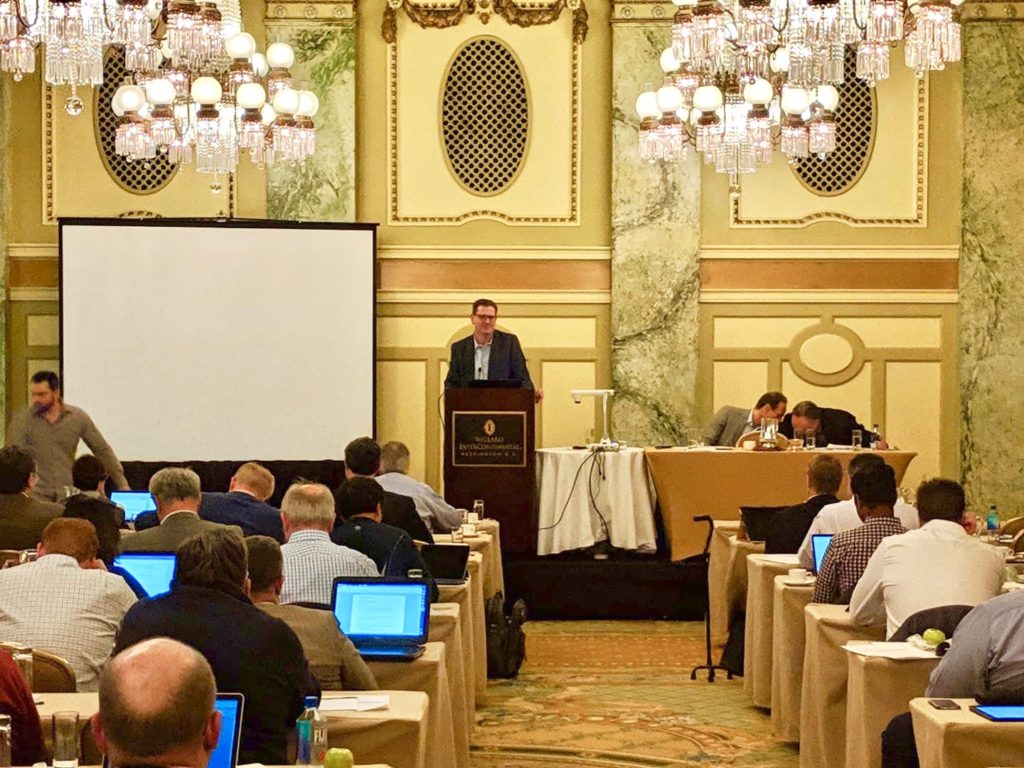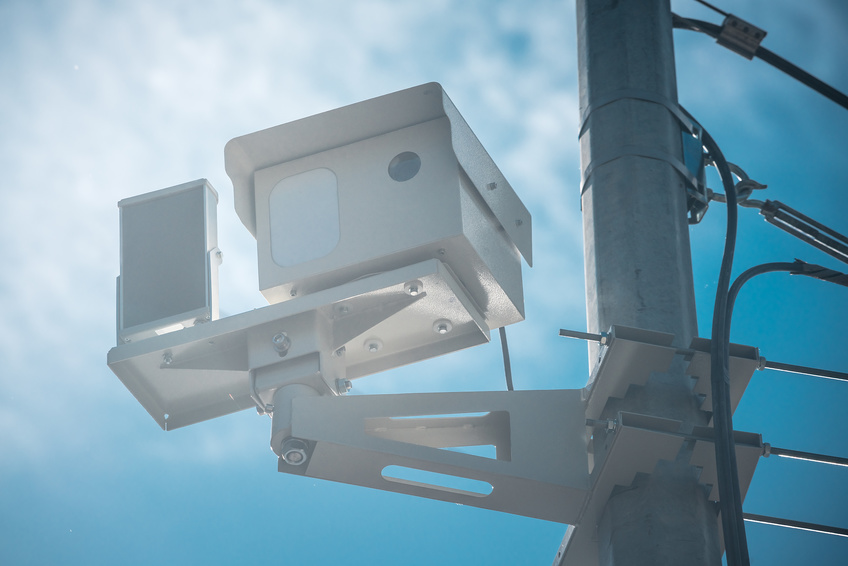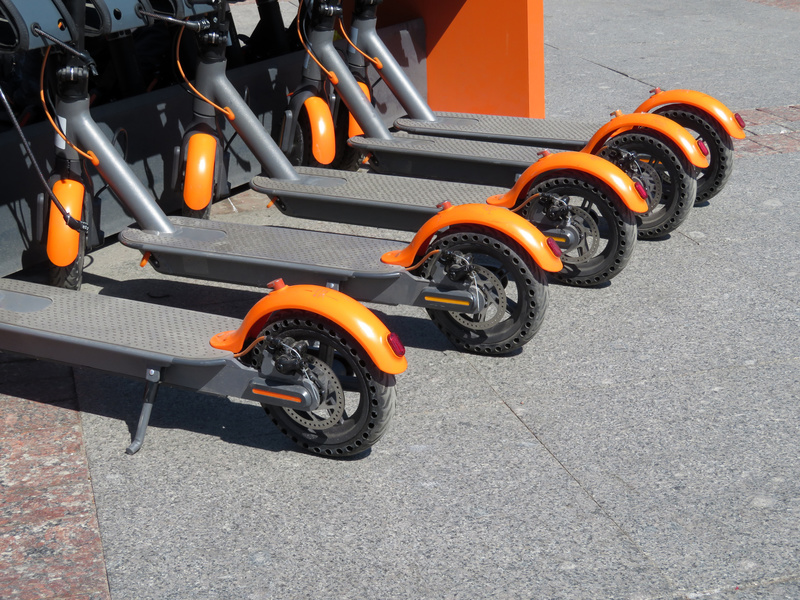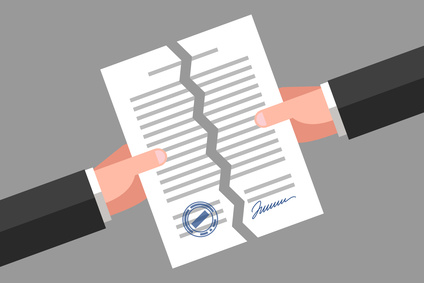Founding partner, Ken Levinson, was honored with an invitation to help teach other trial lawyers at a private program for attorney members of the American Association for Justice last week in our nation’s capital. Ken shared his knowledge and experience advocating for victims of serious truck collision and traumatic brain injury cases with his fellow practitioners in conferences held on Friday and Saturday.
Ken taught other trucking attorneys about his experiences running focus groups in Chicago. In one example, he discussed a serious injury resulting from a tractor-trailer crash. Ken detailed ideas and strategies to help a severely injured young man hold a driver and trucking company accountable for their careless actions.
Through his talk, Ken helped other lawyers by testing themes that would resonate with a jury and to craft arguments that would most effectively help to obtain a fair result for their injured clients. He shared exhibits, videos, photos of the crash scene, as well as examples of truck safety rules and regulations that were helpful in telling the young man’s story and how to best express to a jury how the defendants’ careless acts led to his condition. He also showed the approximately 80 lawyers in attendance video clips demonstrating how participants of his focus group reacted to his presentation and what they thought of the case.
On Saturday, Ken spoke to a group of trial lawyers about effectively representing clients in traumatic brain injury cases. Specifically, he shared his experience helping another lawyer with a case in a rural, conservative county, where even after the wife of a brain injury victim testified at a deposition, the insurance company offered no money for her husband’s tragic and avoidable injury.
After spending the day with the victim’s family and learning about what they have gone through and what they have been dealing with since this awful crash, Ken shared his experience with his colleagues of how he was able to help the family’s attorney, despite no offer to settle from the defense, to present the family’s testimony at trial in a more effective way leading to the jury awarding a record setting verdict in the case, by truly learning their story and helping share it effectively on the client’s day in court.


 In recent months, the city of Chicago has been introduced to the latest trend in mode of transportation: the electric scooter. As ride-hailing technology such as Uber and Lyft have become a staple for city-wide transportation, companies have been looking for the next biggest movement in transportation options.
In recent months, the city of Chicago has been introduced to the latest trend in mode of transportation: the electric scooter. As ride-hailing technology such as Uber and Lyft have become a staple for city-wide transportation, companies have been looking for the next biggest movement in transportation options. 

